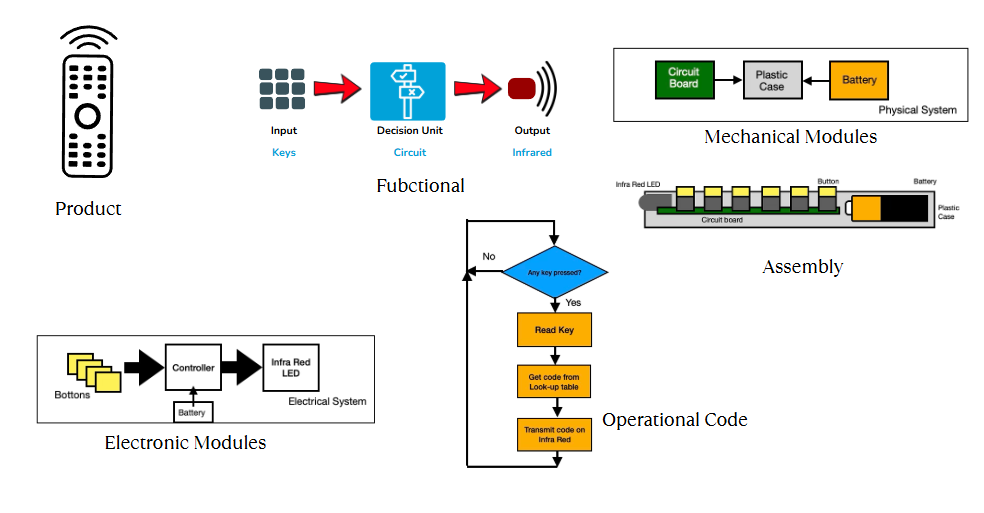Introduction to Product System Design
What Is Product System Design?
Product system design is the process of creating something that works as a complete system, where parts like mechanics, electronics, and coding come together to solve a real-world problem. For example, building a smart lamp involves mechanical parts (like the lamp structure), electrical components (like wires and LEDs), and coding (to control brightness or motion sensors). All these parts must work in harmony, like players in a team, to make sure the product functions smoothly and reliably.
Why User-Centric Design Matters
While building the system, it's also important to think about the user—the person who will actually use the product. User-centric design means making sure the product is safe, easy, and enjoyable to use. It involves asking questions like: Is it too heavy? Are the buttons easy to reach? Can anyone understand how to use it without instructions? By combining smart mechanics, clever electronics, efficient coding, and a deep understanding of the user's needs, kids can design products that are not only cool but truly helpful and meaningful.
Design of a TV Remote

Projects
Project 1: Smart Pet Feeder
Project Goal: Design a system that feeds a pet automatically at set times.
- Functional Modules: Time-based food dispenser, Manual override button, Empty food alert system
- Mechanical Modules: Rotating container or sliding flap to release food, Stand or frame to support bowl and container
- Electronic System: Microcontroller (like Arduino or micro:bit), Servo motor for food release, Button for manual feeding, Buzzer or LED for alerts
- Coding Flowchart: Start → Check time → If time = feed time → Turn servo → Wait → Stop servo; Else if button pressed → Turn servo; Check food level → If low → Turn on alert
Project 2: Touchless Hand Sanitizer Dispenser
Project Goal: Create a dispenser that releases sanitizer when it detects a hand.
- Functional Modules: Hand detection, Liquid pump activation, Low sanitizer warning
- Mechanical Modules: Container holder and pump frame, Nozzle mount and cover
- Electronic System: Ultrasonic sensor or IR sensor to detect hands, Motor or pump to release sanitizer, LED indicator for low sanitizer
- Coding Flowchart: Start → Detect hand with sensor; If hand detected → Activate pump for 1 second; Check liquid level → If low → Turn on red LED
These projects teach kids to think like real product designers, combining creativity with structured systems thinking. Would you like a printable worksheet for project planning or a flowchart template?
